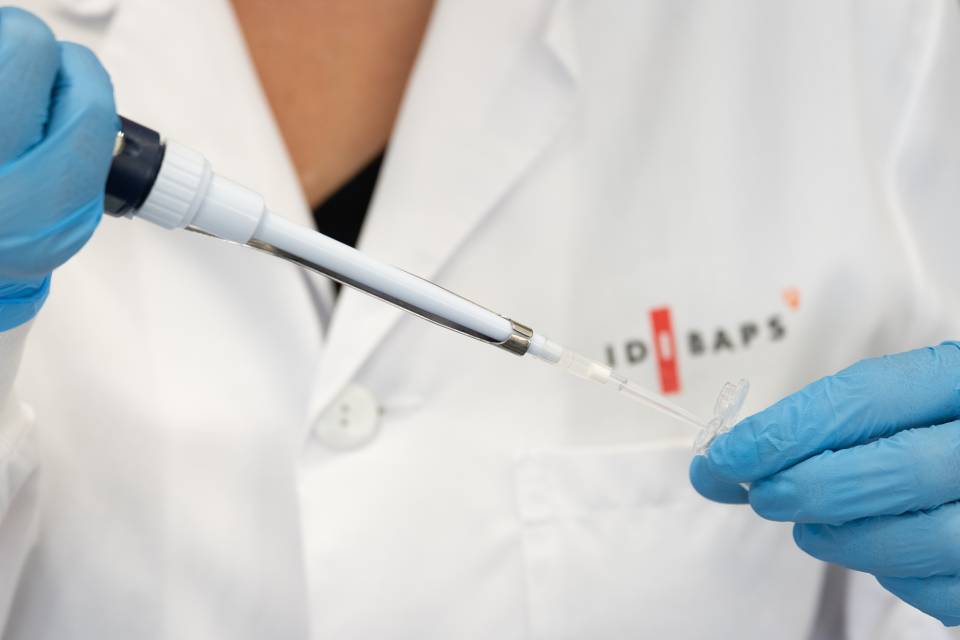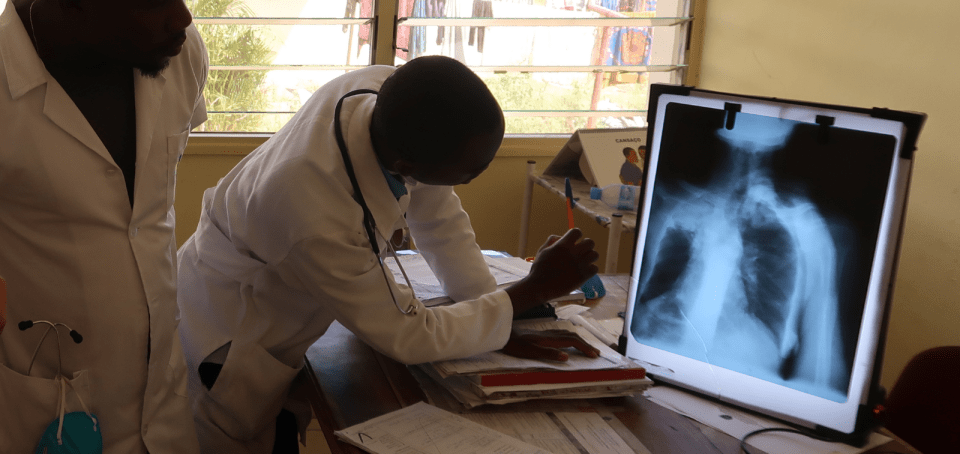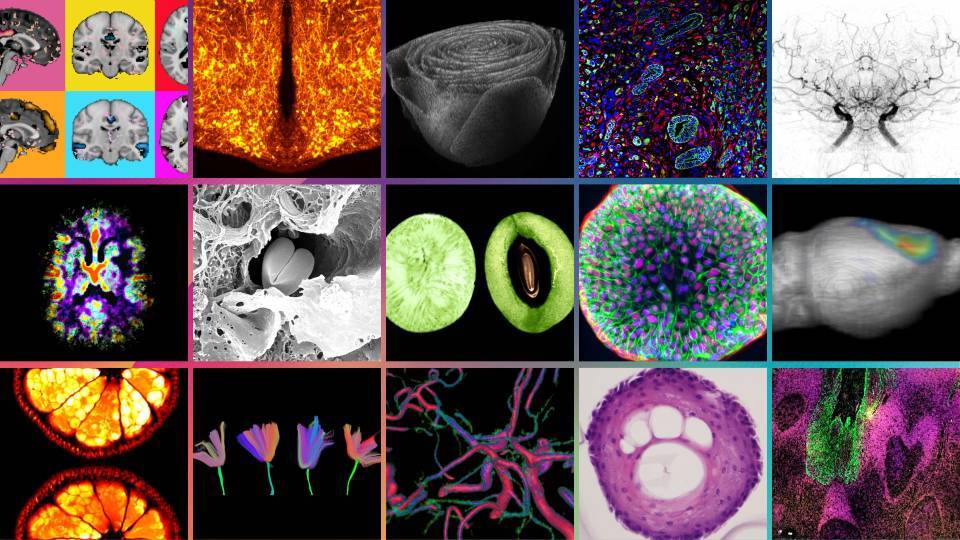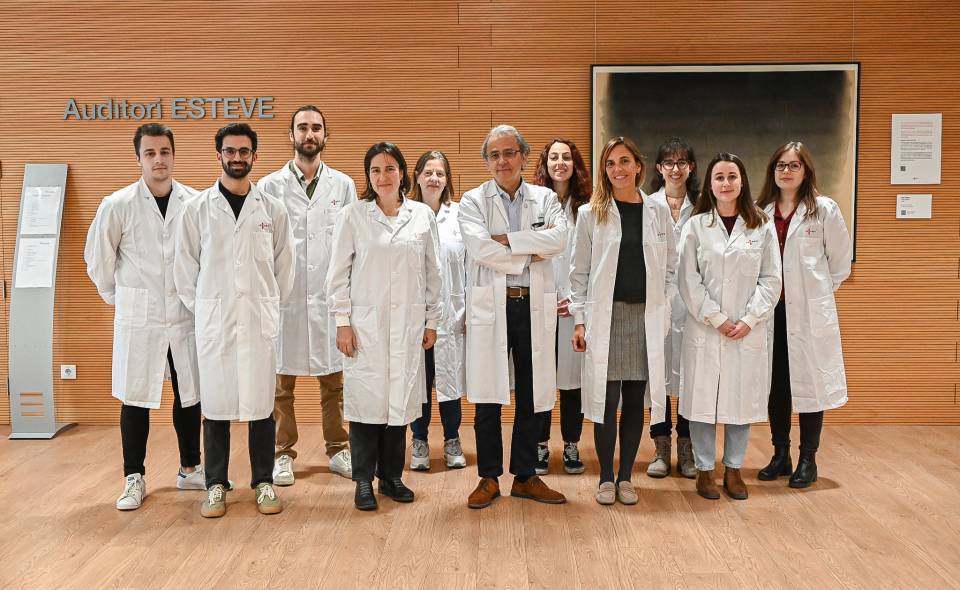A group of scientists from various hospitals and research centers in Catalonia, led by Drs. Álvaro Carbayo and Ricard Rojas, researchers from the Neuromuscular Diseases Group at the Sant Pau Research Institute, in collaboration with Dr. Sergi Borrego-Écija and Dr. Ellen Gelpi from the Alzheimer’s Disease and other Cognitive Disorders Group and the Neurological Tissue Bank of IDIBAPS, have published a study in the journal Brain that reveals connections between two devastating brain diseases: Amyotrophic Lateral Sclerosis (ALS) and Frontotemporal Dementia.
The study examines the relationship and the full spectrum of these two neurodegenerative diseases, which share more similarities than initially thought. ALS, a disease affecting motor neurons, and frontotemporal dementia, characterized by cognitive and behavioral problems, exhibit a common but highly heterogeneous clinical, genetic, and pathological spectrum.
Clinical studies revealed that up to 50% of ALS patients may develop cognitive and behavioral symptoms, with 10 to 15% specifically meeting diagnostic criteria for frontotemporal dementia. Now, through neuropathological examination of a large series of ALS cases, it has been discovered that the actual figure may be much higher: 35.5% of cases also presented pathological features of frontotemporal dementia. Findings show that the pathological aggregation of the TDP-43 protein was present in 93.6% of ALS cases and was more extensive in those with the coexistence of frontotemporal dementia pathology.
While it is known that most cases share the presence of TDP-43 protein aggregates, the study highlights the marked heterogeneity of neuropathological characteristics, suggesting possible different pathophysiological mechanisms. It’s important to note that, currently, the identification of these proteins is done post-mortem, in the absence of a precise biomarker.
The research included all cases that met the neuropathological criteria for frontotemporal dementia from the Neurological Tissue Bank of the FRCB-IDIBAPS-Clinic Hospital of Barcelona between 1994 and 2022, regardless of their final clinical diagnosis. Clinical and neuropathological data were retrospectively reviewed, allowing analysis of the main clinical, genetic, and pathogenic characteristics, comparing patient groups with and without pathological changes of frontotemporal dementia, attempting to define specific subgroups.
Study of reference
Álvaro Carbayo, Sergi Borrego-Écija, Janina Turon-Sans, Elena Cortés-Vicente, Laura Molina-Porcel, Jordi Gascón-Bayarri, Miguel Ángel Rubio, Mónica Povedano, Josep Gámez, Javier Sotoca, Raúl Juntas-Morales, Miriam Almendrote, Marta Marquié, Raquel Sánchez-Valle, Ignacio Illán-Gala, Oriol Dols-Icardo, Sara Rubio-Guerra, Sara Bernal, Marta Caballero-Ávila, Ana Vesperinas, Ellen Gelpi, Ricard Rojas-García, Clinicopathological correlates in frontotemporal lobar degeneration: motor neuron disease spectrum, Brain, 2024; awae011, https://doi.org/10.1093/brain/awae011




